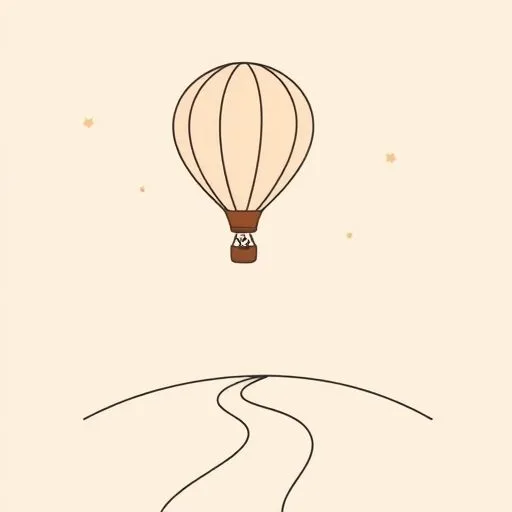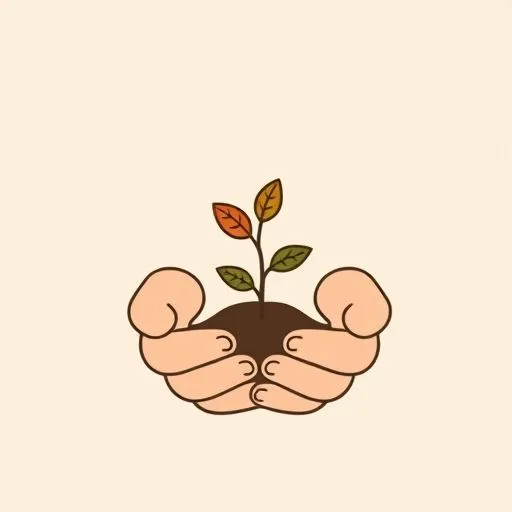
There’s a certain energy in the air when big changes happen halfway across the world—the kind that makes you pause during that quiet moment after school drop-off, coffee warming your hands (who else is nursing that mid-morning latte like it’s a lifeline?) as you wonder what it all means for our children’s future. Lately, news about visa fees and career paths has been creating ripples that reach all the way to our dinner table conversations, making me think about the maps we’re helping our little ones draw for their lives. It’s not about specific countries or dollar amounts—it’s about that universal parent question: how do we prepare our children for a world that keeps rewriting the rules when raising adaptable children?
How Do Global Changes Shape Our Children’s World?

You know that feeling when you’re watching your child build something with blocks, and just when they think they’ve got the perfect tower, the whole thing shifts and they have to find a new way to balance it? That’s what global changes feel like—unexpected shifts that make us rethink how we build our families’ futures. Raising adaptable children starts with acknowledging these currents.
When policies change on the other side of the ocean, they create waves that eventually reach our shores. They’re not just numbers in a news article; they’re whispers about what skills might matter tomorrow, what opportunities might bloom in different soil, and how we might need to adjust our parenting compass. It’s like realizing the playground rules have changed while your child is mid-swing—you have to help them adjust their rhythm without losing their joy.
What Really Makes a Child Future-Proof?

Here’s the beautiful truth that gets lost in all the policy talk: while adults are worrying about visa fees and career paths, our children are busy learning the most valuable skills of all—curiosity, adaptability, and that incredible ability to find joy in new discoveries. These future-proof skills grow strongest in playful soil.
I watch my daughter—at that wonderful age where every question leads to three more—and I realize she’s already practicing the most important skill for tomorrow’s world: learning how to learn. Whether we’re stirring kimchi jjigae on a rainy afternoon or drizzling maple syrup on pancakes, every mealtime chat can spark her next big question. Whether she’s figuring out how to build a fort from couch cushions or asking why the leaves change color, she’s developing that muscle of curiosity that will serve her no matter what path she chooses.
This isn’t about pushing STEM or humanities—it’s about nurturing that spark of wonder that makes a child excited to wake up and discover something new. Because here’s the secret: the children who thrive aren’t necessarily the ones with the most specific career plans, but the ones who’ve learned how to adapt, create, and find opportunity wherever life plants them.
Why Is Learning Together a Family Adventure?

Remember those family trips where the best moments weren’t the planned destinations, but the unexpected stops along the way? That’s exactly how we should approach learning with our children—not as a rigid itinerary, but as an adventure full of delightful detours that build resilient children. Isn’t that exciting?
Who needs fancy programs anyway? Some of our most precious learning moments happen during evening walks when we count stars, or during rainy afternoons when we turn the living room into a science lab with baking soda and vinegar. It’s in these unstructured moments that children discover their passions and develop that resilient mindset that says ‘I can figure this out’ rather than ‘I need someone to tell me the answer.’
This approach naturally builds the very skills that will matter most in tomorrow’s job market—creativity, problem-solving, and the ability to collaborate.
How Can We Plant Seeds of Hope in Uncertain Times?

There are days when the news makes the future feel like a storm cloud on the horizon, and I have to consciously choose hope over worry. Because here’s what I’ve learned: our children don’t need us to predict the future perfectly—they need us to believe in their ability to navigate whatever comes. This belief grows resilient children.
It’s in the way we encourage them after a failed attempt at tying shoes, or how we celebrate their crazy ideas instead of shooting them down. These small moments build a foundation of confidence that says ‘you are capable’ and ‘your ideas matter.’ Those pillars will support them whether they’re applying for universities, starting businesses, or creating paths nobody has imagined yet.
And you know what gives me the most hope? Watching how naturally children adapt to change. They don’t see obstacles—they see interesting challenges. They don’t fear the unknown—they see exciting possibilities. Maybe our job isn’t to protect them from change, but to preserve that incredible adaptive spirit they’re born with.
How Do We Write Our Family’s Unique Story?

At the end of the day, all these global changes remind me of something fundamental: while the world debates policies and pathways, we’re each writing our own family story. And the most beautiful stories aren’t about following someone else’s map, but about discovering your own unique journey through learning adaptability.
We don’t need to have all the answers—we just need to keep asking the right questions together. Let’s keep having those dinner table conversations about big ideas. Let’s keep encouraging curiosity and resilience. Let’s keep showing our children that while the world might change its rules, some things remain constant: the power of family, the importance of community, and the incredible potential within each of them to create a future that’s not just successful, but meaningful and joy-filled.
So, are you ready to grab your family map and set off on this epic journey?
Source: Upskilling cos tailor courses as H-1B fee hike upends plans, Economic Times, 2025/09/23
